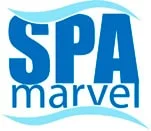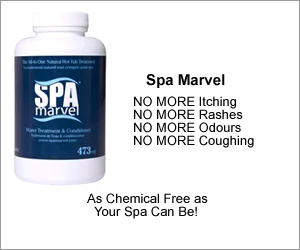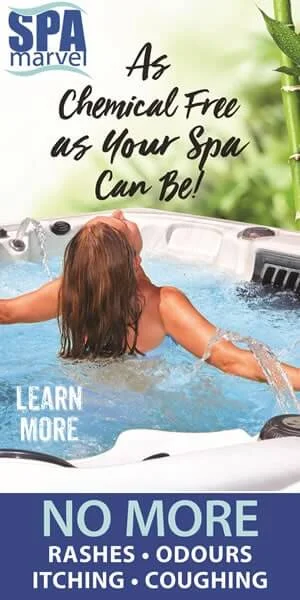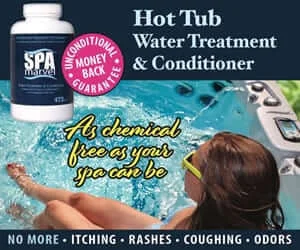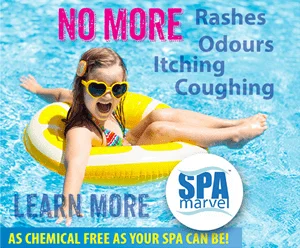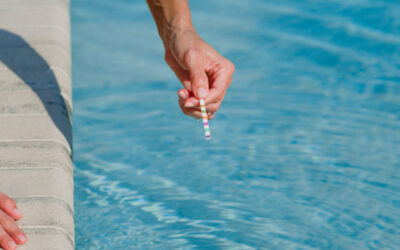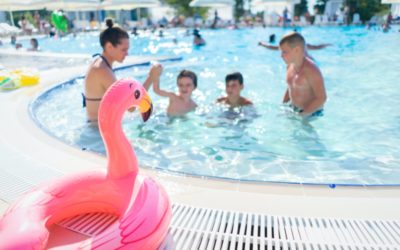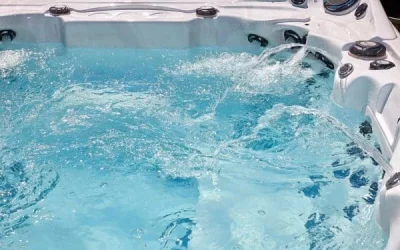How to Shock a Hot Tub
“Shocking” your hot tub is a term that describes adding a large quantity of an oxidizing agent to a hot tub or spa. Oxidizing agents include chlorine, bromine, and non-chlorine shock (also known as potassium peroxymonosulfate, potassium monopersulfate, and MPS).
In the context of spa water care, oxidizing agents essentially break down organic and inorganic waste contaminants too small to be filtered out of the water. If organic waste is left untreated, it can lead to cloudy water and odours.
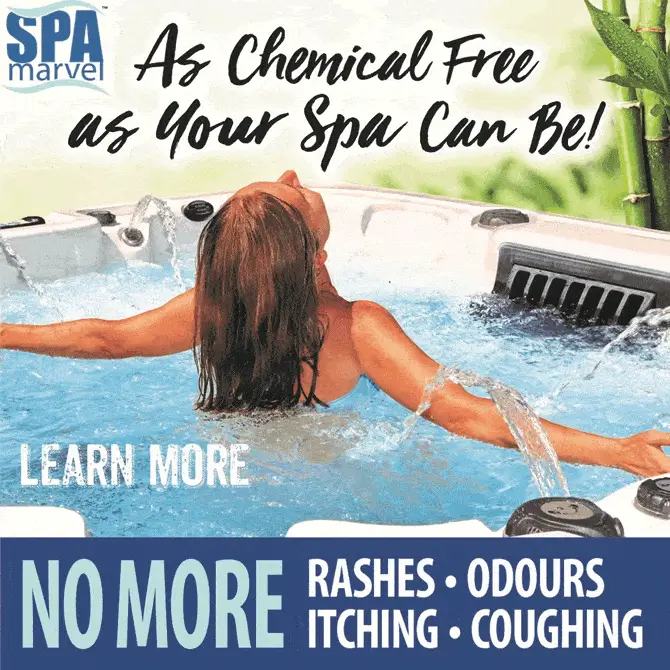
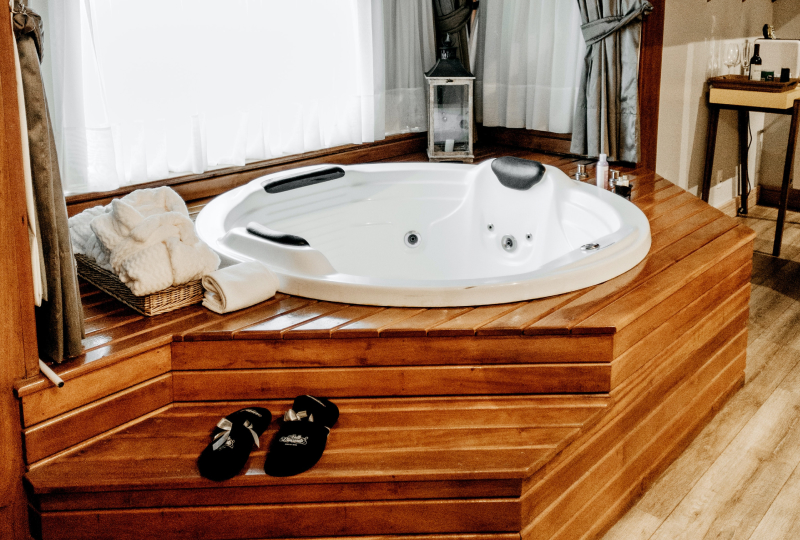
What Is Hot Tub Shock?
Hot tub or spa shock is essentially an intense dose of oxidizer that’s used to shock hot tub water.
When free chlorine combines with a contaminant and breaks it down, the free chlorine is converted to a by-product called combined chlorine. It is the combined chlorine that creates the chlorine odours that are often associated with spas.
Adding more free chlorine will break down the combined chlorine and become depleted. As such, it is difficult to maintain a respectable level of free chlorine when combined chlorine levels are high, allowing for decreased sanitizer efficacy.
Without shocking the water to remove the combined chlorine, the sanitizing ability will continue to diminish, leading to unhealthy hot tub conditions.
Hot tub shock also:
- Breaks down organic and inorganic waste in the water that can cause cloudy water and other problems
- Breaks the bonds that form in combined chlorine and combined bromine so that they can easily be removed from the water
Different Hot Tub Shock Treatments
There are two main hot tub shock treatments: chlorine-based and non-chlorine shock.
Chlorine-Based Shock
Dichlor shock (a type of chlorine called sodium dichloro-s-triazinetrione, often shortened to sodium dichlor or just dichlor) acts as a sanitizer and an oxidizer. Inexpensive and widely available, this fast and easy shock treatment is recommended to quickly correct a water problem.
A chlorine-based shock product is recommended after a heavy bather load. It should also be used when filling up your pool. This helps oxidize any combined chlorine that is already present in the water from the water treatment process and helps break down minerals that may be present.
Non-Chlorine Shock
Potassium peroxymonosulfate (also known as potassium monopersulfate or MPS) is a non-chlorine shock for hot tubs.
Containing little to no odour, non-chlorine shock oxidizes contaminants and improves water quality even though it’s not an actual sanitizer. It can be used regularly for maintenance but won’t disinfect the water.
Alternate Spa Shock Treatments
You’ll need a biguanide shock treatment if you use a biguanide sanitizer.
If you have salt water in your hot tub, use chlorine or non-chlorine shock.
Compatibility
Both chlorine and non-chlorine shock are compatible with all spa equipment, including ozone, ionization, and ultraviolet.
When To Shock A Hot Tub
A spa should be shocked when combined chlorine levels are greater than 0.5 ppm, if there is an odour (including chlorine or bromine-type odours), or if the water isn’t sparkling.
How Often To Shock Hot Tubs
In general, you should shock your hot tub once per week as part of your regular maintenance routine.
A treatment should also be completed whenever the combined chlorine level is higher than 0.5 ppm, after heavy hot tub use, or if the water has been left untreated for a while. In addition, you should shock your hot tub whenever you refill the water to oxidize any combined chlorine and minerals in your tap water.
If your hot tub is used frequently, consider shocking it twice weekly.
How Much Shock For Hot Tubs Should You Use?
If you’re using chlorine or bromine as your shock treatment, you typically use 20 grams per 1,000 litres (4 teaspoons per 250 gallons) if the water is clear. If the water is cloudy, use 30 grams per 1,000 litres (6 teaspoons per 250 gallons if cloudy). Always follow the directions on the package to ensure proper dosage and application methods.
For non-chlorine shock, apply the shock carefully according to the manufacturer’s directions.
You can choose a chlorine or non-chlorine-based shock treatment if you use a bromine sanitizer. However, never mix the dry chemicals, as this can create a dangerous chemical reaction.
How To Shock A Hot Tub For The First Time
1. Remove your spa cover and leave it off for at least 20 minutes following the shock treatment.
2. Remove any accessories from the water.
3. Test your alkalinity and adjust if necessary. Ensure it’s between 80-150, where 120-150 is ideal.
4. Test your pH and adjust if necessary. To maximize effectiveness, ensure it’s between 7.2 to 7.8 unless you’re using Spa Marvel Water Treatment & Conditioner, in which case the acceptable pH range is 7.2 to 8.2.
5. Turn off your blower and jets but leave your circulation pump operating.
6. Read the warning labels on the shock product packaging.
7. Measure your shock correctly following the directions on the package.
8. Carefully add your shock into your hot tub, following the instructions. Typically, you can add your shock product directly into the water. If any shock spills during treatment, clean it up promptly and dispose of it safely.
9. Wait 20-30 minutes following a shock treatment.
10. Retest your water. Once your sanitizer levels are back in acceptable ranges, it’s safe to use your hot tub.

